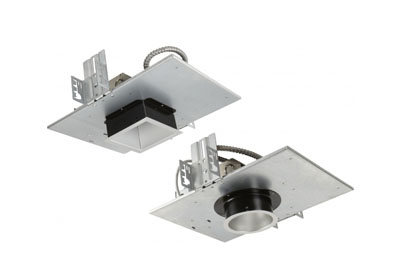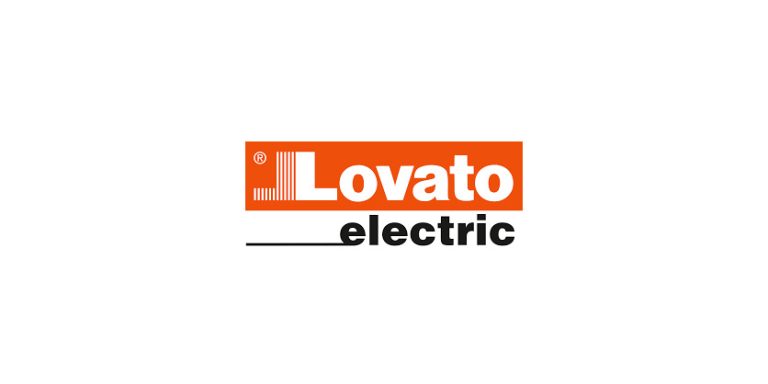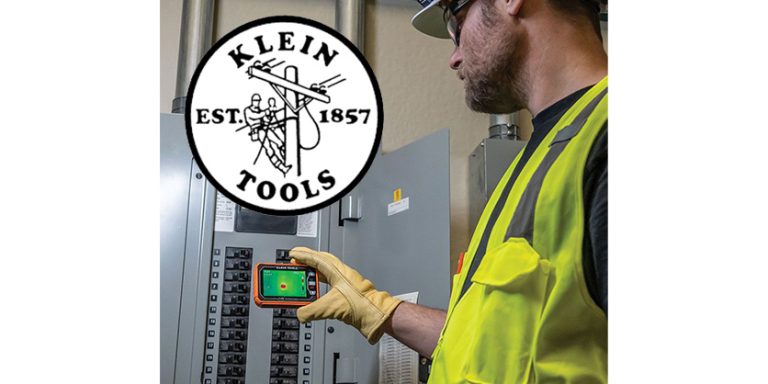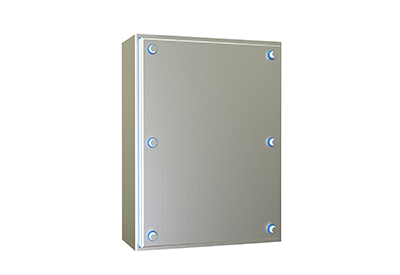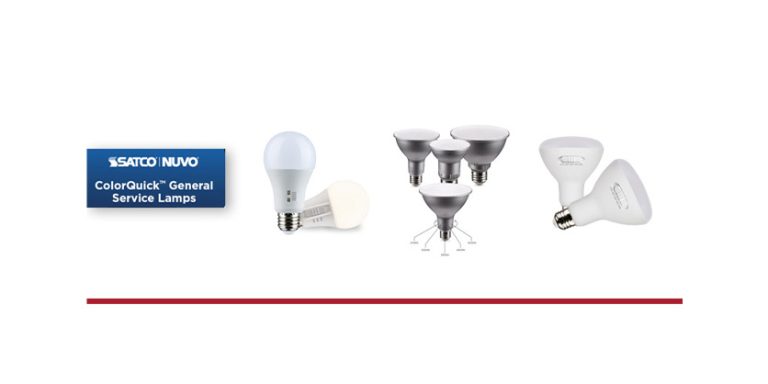Belden Expands Safe-T-Line Portfolio with New Ruggedized, Fire-Resistant Circuit Integrity Cables

May 13, 2019
Belden Inc., has released its new portfolio of Safe-T-Line Circuit Integrity (CI) cables. Now with options to meet the three-hour CI code requirements for life-saving Emergency Voice-Alarm Communications (EVAC) systems, the LPCB-approved cables are designed to meet the stringent requirements of extreme temperatures commonly associated with industrial environments.
“It’s no secret to industrial engineers that their environments can be unpredictable and oftentimes harsh,” said Yorick Carisey, product manager at Belden. “With that in mind, we now offer the three-hour rated Safe-T-Line CI cables to guarantee continued operability of an infrastructure’s EVAC systems, allowing system engineers to better mitigate emergencies and execute controlled shutdowns in the event of a fire or related emergency.” Depending on the application’s needs, three types of DataTuff Cat6A PROFINET cables are available – Type A (stationary), Type B (flexing) and Type C (trailing & torsion). Types A and B are designed in UL-style with polyvinyl chloride (PVC), low-smoke, zero-halogen (LSZH) and polyurethane (PUR) jacket materials. The new Type C cables have PUR halogen free jackets.
Belden’s Loss Prevention Certification Board (LPCB) approved Safe-T-Line CI cables offer customers the following benefits:
- Guaranteed peace-of-mind and extended operability in case of a fire with an extended temperature range and in compliance with the market’s most stringent CI requirements.
- Comprehensive, user-friendly termination and installation capabilitiesthrough its easy-strip design with silicone rubber insulation.
- A variety of robust cable offerings provides an economically-sound, configurable solution tailored to meet specific infrastructure needs.
Depending on the industrial setting, engineers and system integrators can choose between three-hour rated, shipboard two-hour rated, and easy-strip, LPCB-approved CI cables. The Safe-T-Line cables are available in variants of two, three and four conductors, in both 1.5 mm² and 2.5 mm².
Given the optimized resistance to intense temperatures, water and mechanical shock in accordance with British Standard (BS) 6387 and European Standard (EN) 50200 requirements, the cables are ideal for applications where temperature ranges are variable—especially in building and mission-critical industrial processes, which may require controlled shutdown under emergency situations.
Go HERE for more information




